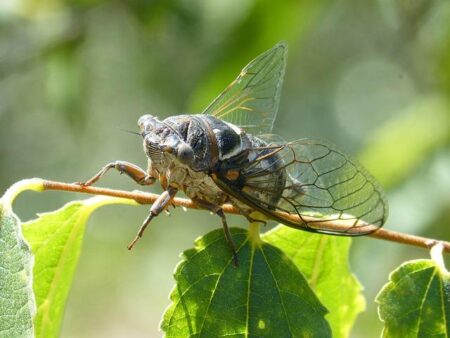In a stunning display of power and precision, Steve Garcia delivered a first-round knockout against David Onama at UFC Vegas 110, leaving fans and commentators alike in awe. The swift and decisive finish underscored Garcia’s rising momentum in the lightweight division, as he dominated from the opening bell to secure one of the night’s most memorable victories. This article breaks down the key moments of the bout and explores what this win means for both fighters moving forward.
Steve Garcia’s Dominant Striking Techniques That Sealed the First Round Victory
Steve Garcia showcased a masterclass in precision striking, overwhelming David Onama from the opening bell. His relentless pressure was punctuated by lightning-fast jabs and devastating leg kicks that disrupted Onama’s rhythm and limited his mobility. Garcia’s ability to seamlessly mix up his attacks – alternating between head strikes and low kicks – created constant openings, allowing him to land clean, impactful blows without leaving himself vulnerable. His footwork, both aggressive and calculated, kept Onama on the back foot throughout the fight.
Garcia’s finishing sequence was defined by a brutal combination of punches that forced Onama into a defensive crouch before a perfectly timed hook sent him crashing to the canvas. Key elements of his striking arsenal included:
- Sharp counterpunches: Capitalizing on Onama’s forward movement to connect with precise shots
- Effective use of range: Managing distance with kicks to set up powerful strikes
- Relentless volume: Consistent output that overwhelmed defensive barriers
| Technique | Effectiveness | Impact |
|---|---|---|
| Leg Kicks | High | Reduced Onama’s mobility |
| Counter Hooks | Very High | Set up the finishing blow |
| Volume Punching | Medium | Pushed opponent onto defense |
Analyzing David Onama’s Vulnerabilities and Strategic Adjustments for Future Fights
David Onama’s performance against Steve Garcia revealed some critical vulnerabilities that future opponents could exploit. Primarily, Onama showed difficulty in defending against aggressive, high-pressure striking campaigns. His tendency to retreat under relentless forward movement left him exposed to Garcia’s powerful combinations, particularly in the first round. Additionally, Onama’s ground defense appeared less polished, as he struggled to maintain control when Garcia pushed the pace and sought early takedown opportunities. These defensive lapses were a significant factor in the rapid conclusion of the fight.
To bounce back from this setback, Onama must prioritize strategic adjustments focused on tightening his defense and controlling the fight’s tempo. Key areas for improvement include:
- Enhanced head movement and footwork to evade aggressive entries and prevent damage from strikes.
- Improved cage control awareness to avoid being backed into vulnerable positions.
- Refined grappling defense to neutralize early takedown attempts.
- Increased offensive output to disrupt opponent rhythm and regain fight control.
| Weakness | Adjustment Needed | Expected Outcome |
|---|---|---|
| Defensive head movement | Agility drills, sparring focus | Reduced striking damage |
| Cage positioning | Improve spatial awareness | Better fight control |
| Grappling defense | Wrestling & BJJ training | Minimized takedown success |
| Offensive aggression | Volume striking emphasis | Disrupted opponent strategy |
To Conclude
Steve Garcia’s emphatic first-round victory over David Onama at UFC Vegas 110 not only showcased his striking prowess but also signaled his rising presence in the lightweight division. As Garcia continues to build momentum, fans and analysts alike will be watching closely to see how far this breakthrough performance propels his UFC career. Meanwhile, Onama faces the challenge of regrouping and reassessing as the division remains as competitive as ever.








